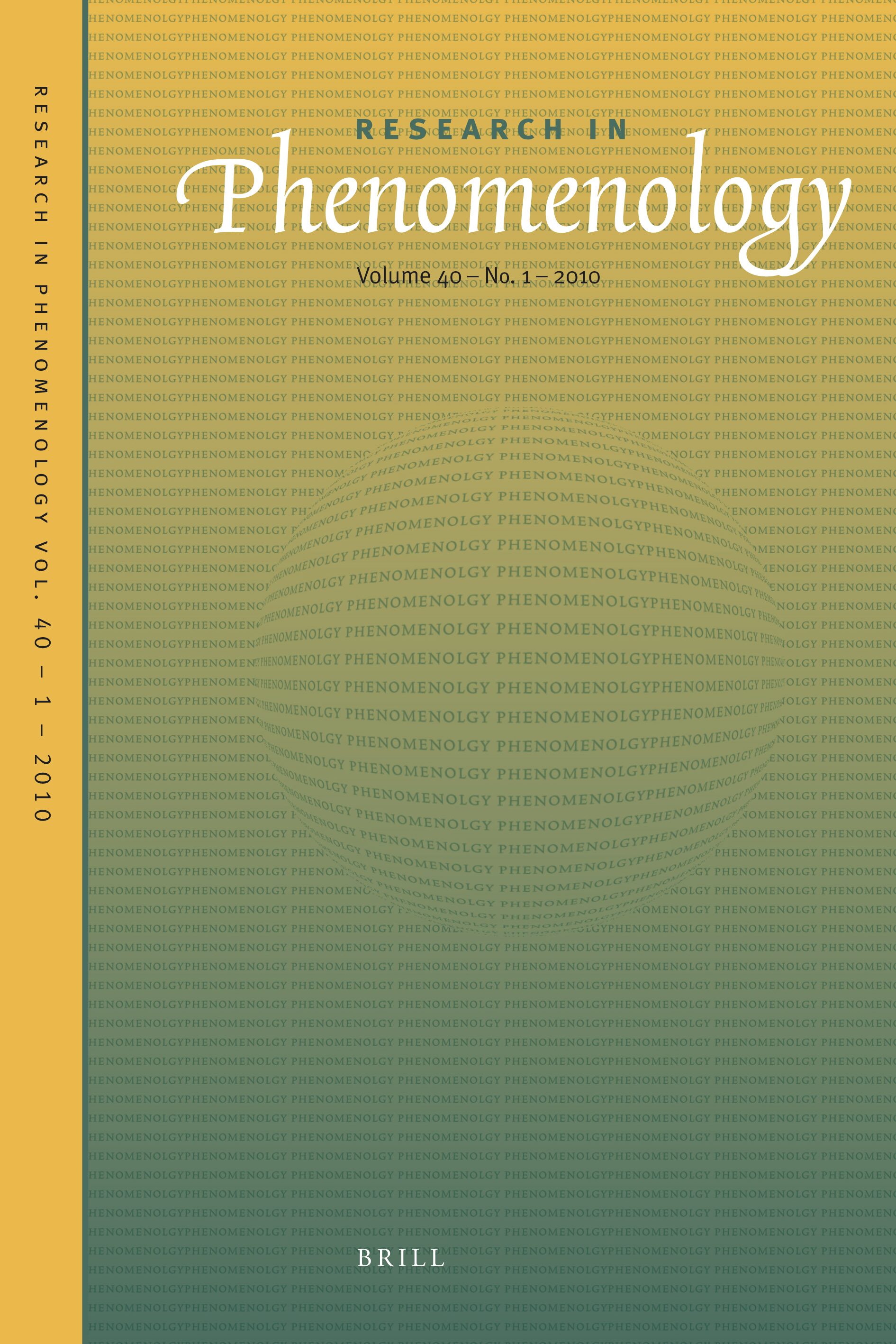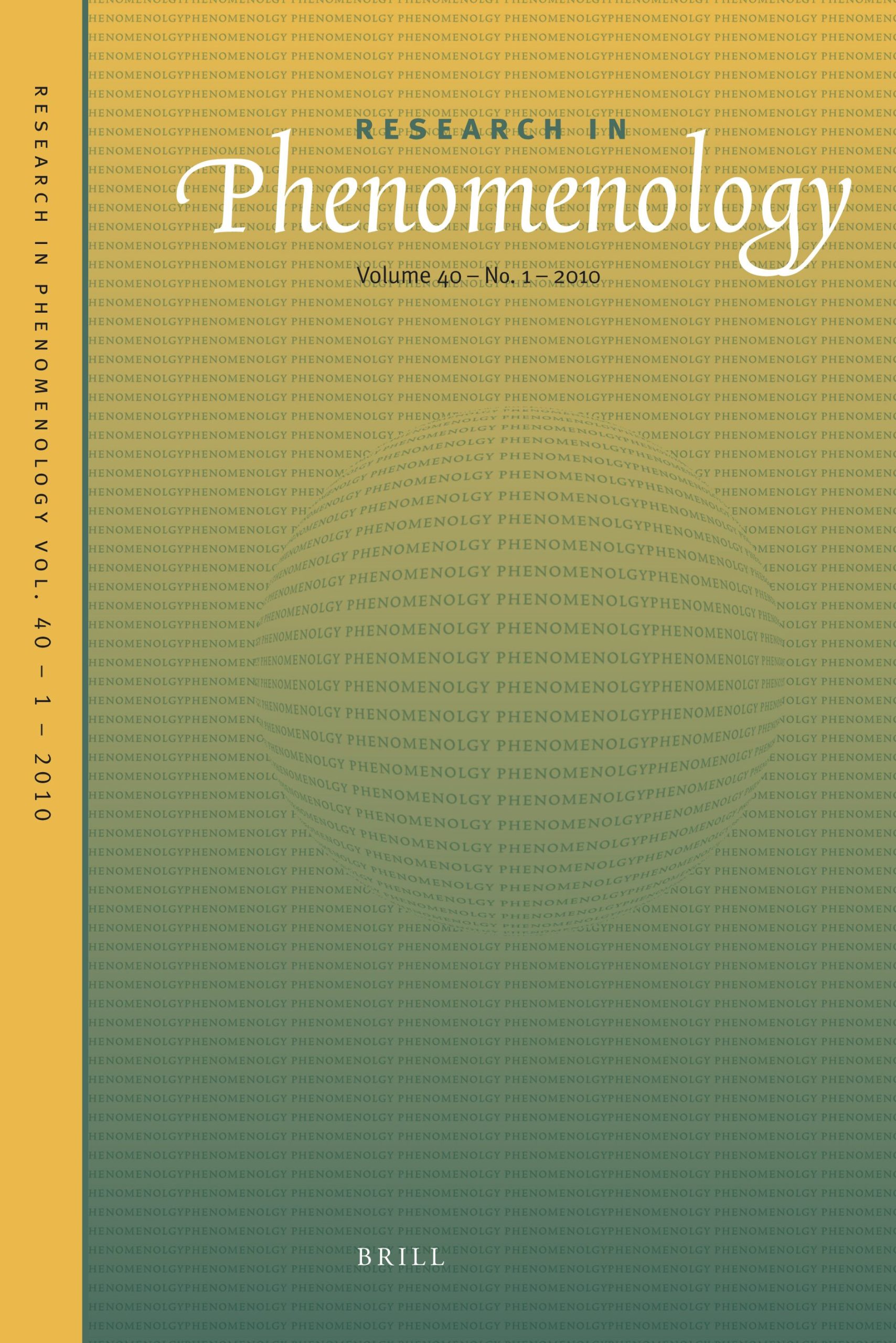
The evolution of motion theories stretches from Aristotle to the seventeenth century, culminating in the foundational inertia principle of classical physics. In “Principia,” Newton’s First Law asserts that a body remains at rest or moves uniformly unless influenced by external forces. Although Newton presented it without the term inertia, Cohen interprets it as an intrinsic force: a body’s resistance to alteration in its state of rest or uniform motion. This principle represented a significant departure from earlier perspectives, which considered force necessary for motion. Aristotle believed air propelled projectiles, while detractors suggested impetus as the source of motion once external forces ceased. The inertia principle challenged this notion, claiming motion continues by itself unless a force intervenes.
While often misattributed to Galileo, who explored inertia concepts without naming it, it was Kepler who introduced the term inertia in a different context. Galileo’s ideas resonated, but Descartes popularized the linear motion element after being influenced by Beeckman, who advocated inertia in 1613: that motion endured without impediment. Though he published nothing, Beeckman inspired many, including Descartes in Breda, merging their discussions on mechanics, music, and natural philosophy. Beeckman’s impact spread through informal channels, distinct from more prominent figures such as Gassendi and Mersenne, solidifying his influence in the development of seventeenth-century science despite his relative obscurity.
